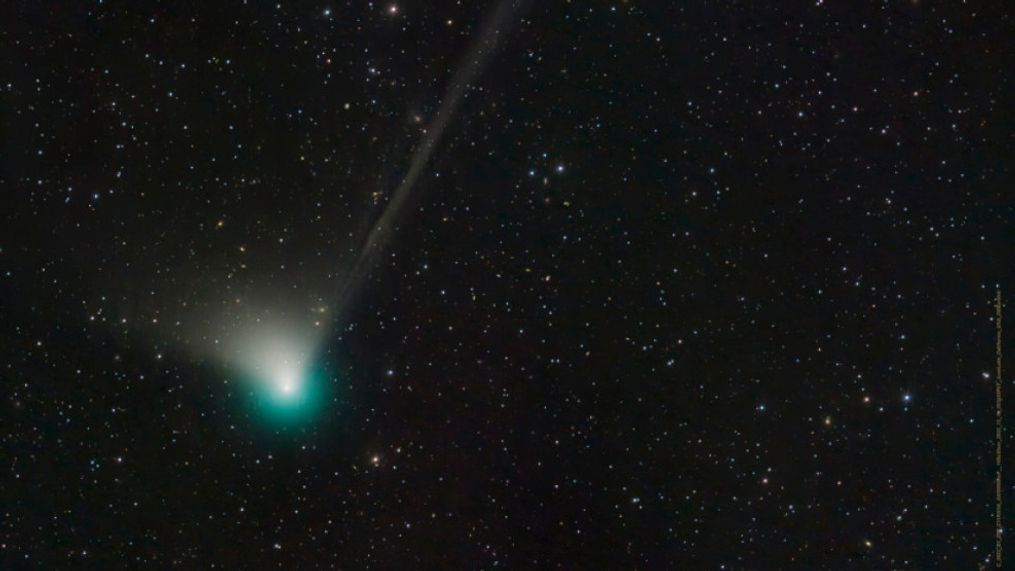Rare 'devil comet' to appear in Earth's skies through April solar eclipse

WASHINGTON (TND) — The devil may not be coming down to Georgia this year, but he is coming in a rare comet that also happens to coincide with the solar eclipse next month.
The 'devil comet' -- officially known ascomet 12P/Pons-Brooks -- orbits the sun every 71 years and is making its first pass through the heavens over our small, blue marble for the first time since 1954. This kind of comet is also known as an short-period comet or otherwise called a "Halley-type comet," named after the famous Haley's comet that passes by Earth roughly every 75 years.
Comet12P/Pons-Brooks was first formally recorded in 1812 by French astronomer Jean-Louis Pons and later confirmed by American astronomer William Robert Brooks in 1883 (however, some historical records from Western Europe and China suggest it may have been identified as early as the 14th century).
This particular celestial object is known for its colorful flares in red and green, hence why it is sought after by star-gazers. The outbreaks of color and gas trailing off the mass of rock and ice have commonly taken on a horseshoe-like shape, also remembering horns; hence the moniker "devil's comet."
NASA notes that comets are made up of the excess materials -- ice, dust and rock -- from the initial creation of their solar systems and can range from a few miles to tens of miles wide. As their orbits bring them in closer to the Sun, heat increases the comet's temperature that it begins to heat up to the point that it spews gas and expands its diameter to sizes even larger than planets. A comet's tail, whether close to the Sun or not, is usually millions of miles long.
The devil's comet was spotted several times last year, starting in the fall, according to Space.com, and may even be visible during the April 8 solar eclipse.
